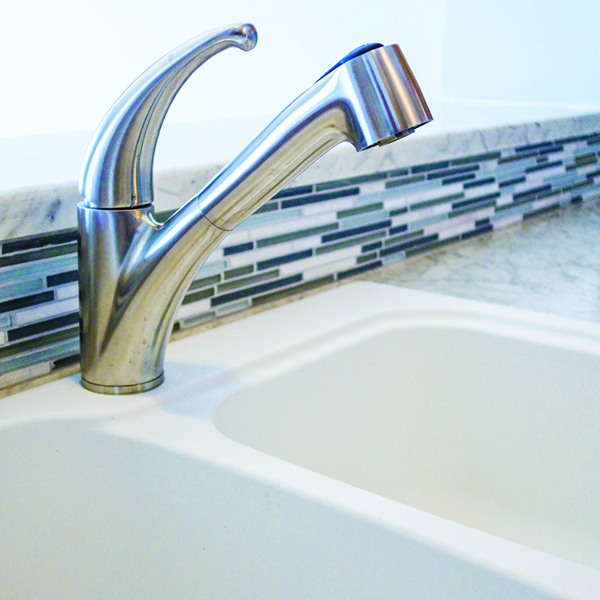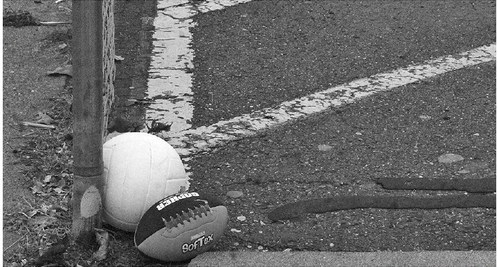Bacteria is everywhere, even in the kitchen sink


Every day, the kitchen sink is used for food preparation – rinsing produce, cleaning pots and pans, washing utensils that touch raw meat and more. With these activities, comes the possibility for foodborne illness-causing bacteria to hang out in the sink, too.
If proper food preparation safety steps are not followed, these bacteria could cross-contaminate food and make family members sick.
In a recent study, participants prepared a breakfast meal with raw sausage, shell eggs and a fruit salad made with cantaloupe they cut up. Among the surfaces tested, the most often contaminated after they finished preparing their meal, was the kitchen sink, with 34 percent of sinks contaminated.
Even scarier, 26 percent of the samples of cut-up cantaloupe from the fruit salad were contaminated after breakfast prep. This can happen when there are bacteria in the sink and the cantaloupe gets placed in the sink for washing, or if hands weren’t washed properly after touching raw meat or poultry, or an unwashed cantaloupe.
The bacteria in the sink or on hands can cross-contaminate from the sink to other items, including those normally eaten raw.
After using a sink to wash or prepare food, follow a twostep process to fully clean and sanitize the sink: 1. Use warm, soapy water to wash the sink. Wipe it clean, with single-use or paper towels.
2. Use a sanitizer and let air dry. Sanitizers can be homemade (1 Tbsp. of liquid chlorine bleach, per gallon, of water) or a commercial sanitizer or sanitizing wipe.
Cleaning and sanitizing will help reduce the risk that foods, or other utensils, can be cross-contaminated through food preparation in the sink.




